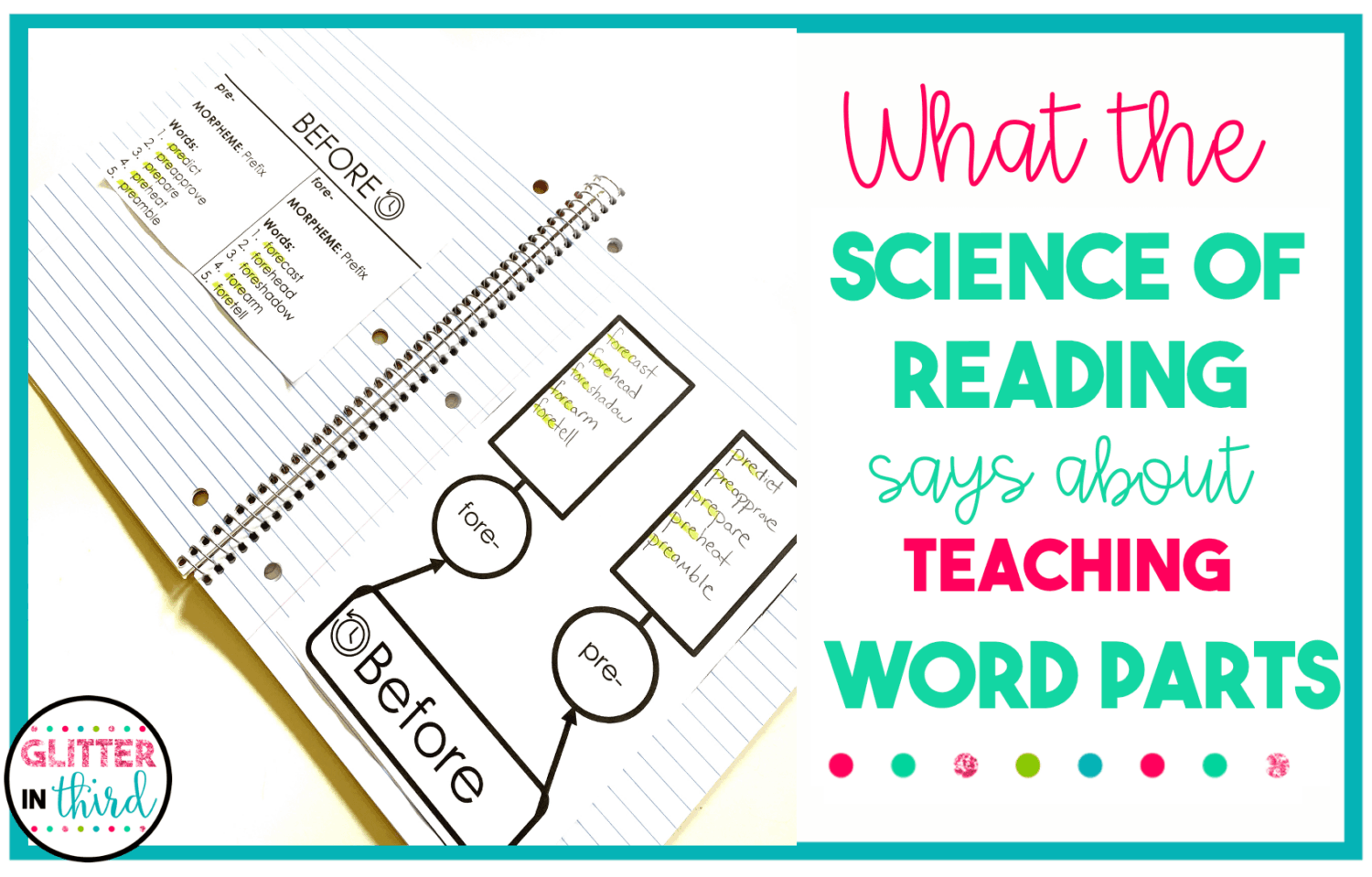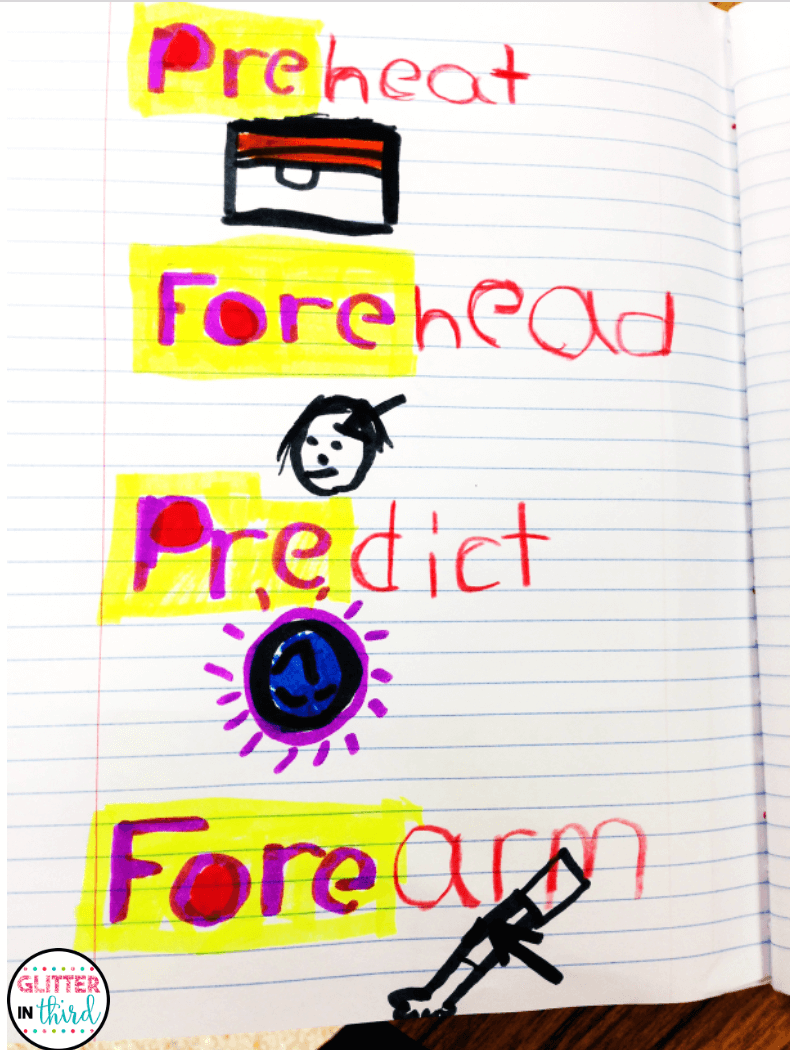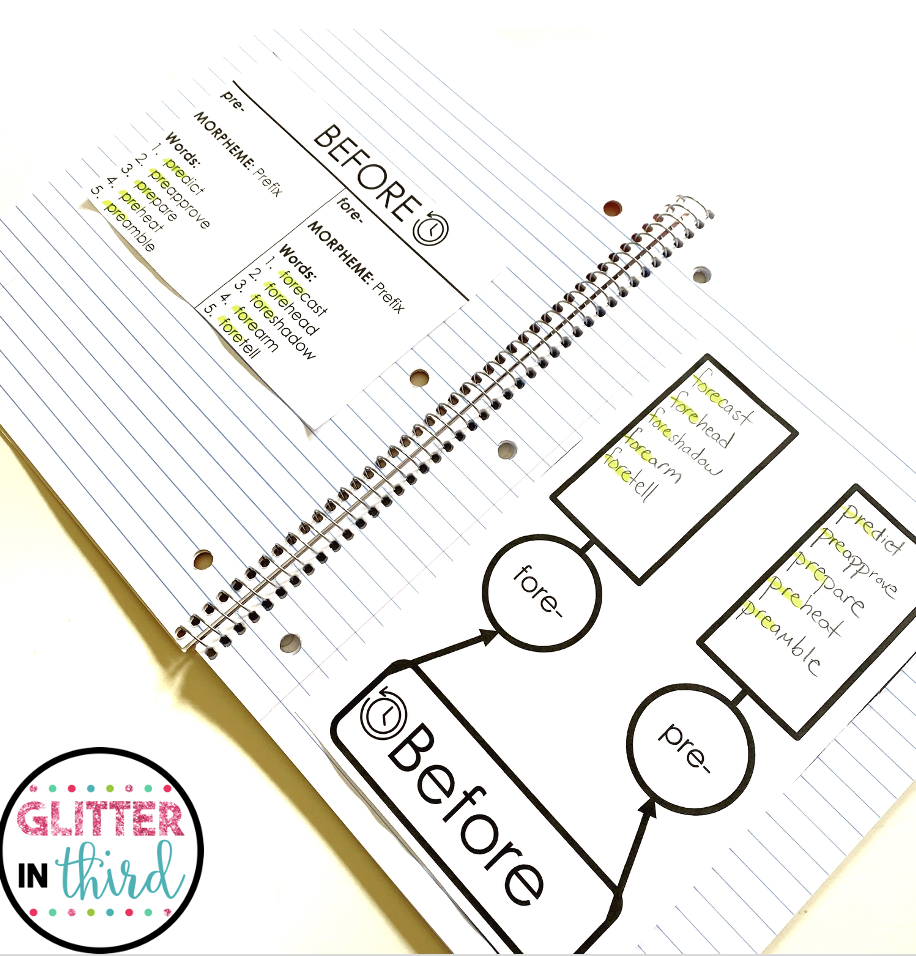Join the VIP Teacher Club!

If you’ve ever paused during a lesson and wondered, “Should I be teaching this differently?”—you’re not alone. The Science of Reading word parts approach has been reshaping how we think about literacy instruction, and one of its clearest messages is this:
Teaching word parts matters. A lot.
We’re talking about prefixes, suffixes, and roots—what the research calls morphemes. These little chunks of meaning are the building blocks of so many English words, and they play a huge role in how students read, spell, and understand vocabulary.
So, what exactly does the Science of Reading tell us about teaching word parts? And how do we make that happen in real classrooms, with real time limits, and real kids who lose pencils every five seconds? Let’s break it down.
P.S. Want an easy way to reinforce comprehension while building decoding skills?
Alongside morphology instruction, it’s helpful to give students regular practice applying what they’ve learned. I created a free color-by-number reading passage that does just that—it’s fun, no prep, and a great check for understanding.
Drop your name and email below, and I’ll send it straight to your inbox!
Morphology is the study of how words are built. It focuses on the smallest units of meaning in a word—called morphemes. These include:
The Science of Reading highlights morphology as a critical piece of advanced word recognition and vocabulary development—especially for students in upper elementary and beyond.
Here’s what the research supports:

Here’s the good news: You don’t need to overhaul your whole reading block. You can weave morphology in with short, simple routines. Here’s what’s worked for me:

I created a Morphology Notebook to make teaching prefixes, suffixes, and roots simple and effective.
Once students get into the routine, they can work mostly on their own—giving you back valuable teaching time. It’s aligned with the Science of Reading and designed to build decoding, spelling, and vocabulary skills.
You can check it out here if you’re looking for a no-prep, ready-to-go option that fits right into your reading block.
The Science of Reading reminds us that kids need more than just phonics. They need meaning. And morphology is the bridge between decoding and understanding.
Start small. Be consistent. And know that every time you point out a prefix, you’re helping your students become stronger, more confident readers.
You’ve got this—and your students do too.

Hey there, I’m Kelly! I I love helping teachers save time with technology and resources so they have more hours in the day to spend with family and friends. Take a look around to find new ideas that you can implement in your classroom today!